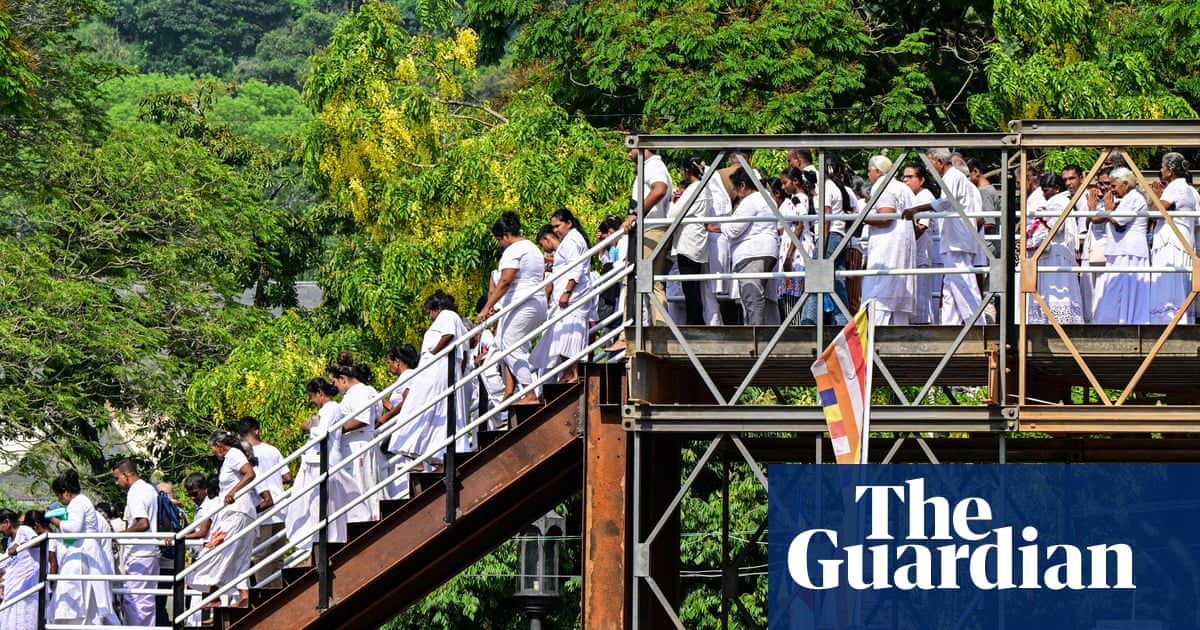The recent investigation by Sri Lankan police into a photo allegedly showing a Buddha tooth relic raises various questions about security, religious sentiments, and the societal implications surrounding such a revered object. The article highlights the tension between modern technology and traditional practices within a deeply religious community.
Security Concerns
The police's swift response to the circulated photo indicates a serious concern regarding security protocols in place during the public viewing of the relic. With strict rules against photography, any breach could undermine the sanctity of the event and lead to increased scrutiny of those attending. The significance of the relic as a national symbol heightens the stakes, suggesting that the authorities aim to maintain control over the narrative surrounding the relic and its presentation.
Public Sentiment
The article points out that a large number of devotees participated in the viewing, indicating the relic's importance to the majority Buddhist population in Sri Lanka. By emphasizing the high attendance and the strict measures taken, the report aims to evoke feelings of reverence and pride among the readers. It also subtly reinforces the idea that the relic is a cornerstone of national identity and cultural heritage.
Potential Distractions
The investigation may also serve as a distraction from other pressing issues within the country. By focusing on the photo incident, authorities might divert attention from socioeconomic challenges or political unrest that could be affecting the populace. This narrative management tactic is not uncommon in situations where governments seek to stabilize public sentiment.
Comparative Analysis
In juxtaposition with other recent news stories, this particular incident highlights a recurring theme of religious symbols being at the center of societal dynamics. Similar stories often reflect tensions between tradition and modernity, as well as the role of law enforcement in mediating these conflicts. The ongoing interest in religious relics can also be seen in different contexts worldwide, suggesting a broader trend regarding the significance of cultural artifacts.
Impact on Society
The article indicates that the event has caused traffic chaos in Kandy and led to overnight camping by devotees, illustrating the extent of public engagement with the relic. Such large gatherings can have economic implications, benefiting local businesses but also straining resources. Furthermore, the heavy police presence may reflect underlying tensions in the community, emphasizing the need for balance between public devotion and law enforcement activities.
Audience and Community Response
This news resonates particularly with the Buddhist community and those invested in cultural heritage. It serves to reinforce existing beliefs and practices among followers while potentially alienating those who may view such events with skepticism. By focusing on the relic's significance, the article appeals to sentiments of unity and reverence within the majority Buddhist population.
Market Implications
While the news may not have immediate economic implications, it could influence tourism and local businesses in Kandy, especially as the relic's viewing attracts thousands. Stakeholders in these sectors may want to monitor public sentiment and police activities to better understand potential fluctuations in visitor numbers.
Geopolitical Context
The article does not explicitly address broader geopolitical issues but does touch upon the cultural identity that can influence national pride. In a global context, the preservation and safeguarding of cultural symbols can reflect a nation's stability and unity, elements that are essential for maintaining international relations.
Artificial Intelligence Influence
There is no direct indication that artificial intelligence was utilized in crafting this article. However, the structured presentation of information and the analytical tone suggest a methodical approach to reporting. If AI were involved, it might have influenced the framing of the narrative to evoke specific emotions or reactions from the audience.
In conclusion, while the article presents factual information about an ongoing investigation, it also subtly manipulates public perception by emphasizing religious significance and community engagement. The reliability of the article hinges on the veracity of the police statements and the authenticity of the images in question, but overall, it serves to reinforce cultural identity and societal values within Sri Lanka.
